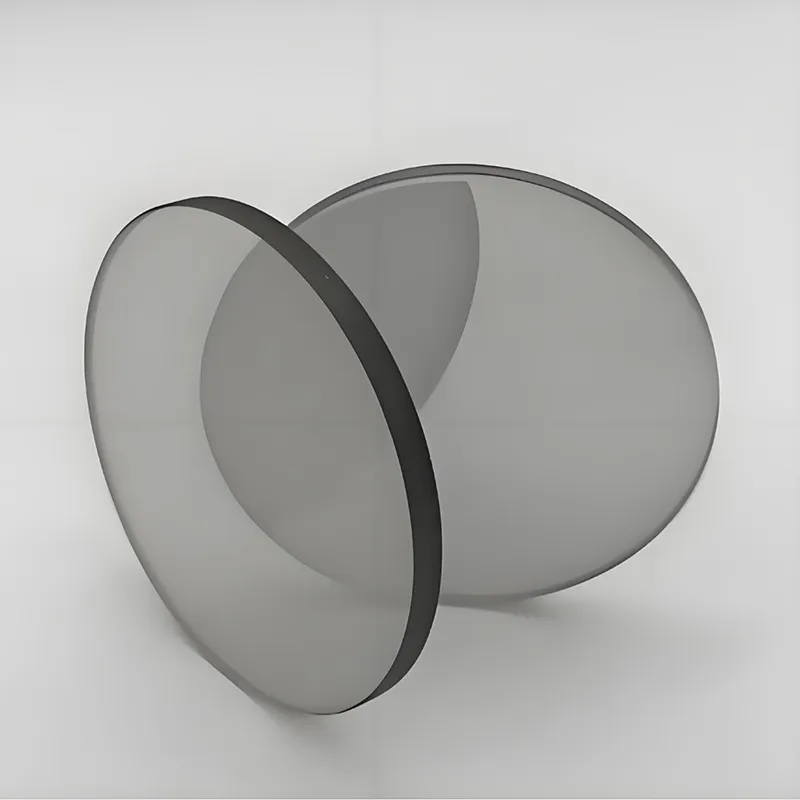|
Material
|
Optical Glass, Fused Silica, Color Glass,etc.
|
|
Dimensional tolerances
|
+/-0.1mm
|
|
Surface Flatness
|
λ/10~1λ
|
|
Parallelism
|
< 30 arc seconds, <2 arc min
|
|
Surface Quality
|
10/5,20/10,40/20
|
|
Optical Density Error
|
±5%
|
|
Edge Chip
|
<0.1mm
|
|
Bevel
|
Protective bevel, or based on clients’ requests
|
|
Clear Aperture
|
>90%
|
|
Coating
|
According to customer's request
|
ND filters absorb or reflect the portion of light that is not transmitted, uniformly reducing the transmission in a portion of the spectrum. Reflective neutral density filters use the principle of thin film interference to transmit part of the light and reflect the other part of the light. Absorption neutral density filters generally refer to materials themselves or after certain elements are mixed in the material, which absorb some specific wavelengths of light and have no or little effect on other wavelengths of light. Usually, the damage threshold of absorptive neutral density filter is lower, and after long-term use, they may heat up, so be careful when using them.
Neutral density filters (ND Filters) reduce the transmittance of a specified spectral wavelength range, thereby reducing the light flux, which is beneficial for protecting sensors/electronic components. They are widely used in the field of laser optics/optoelectronics.
|
Material
|
Optical Glass, Fused Silica, Color Glass,etc.
|
|
Dimensional tolerances
|
+/-0.1mm
|
|
Surface Flatness
|
λ/10~1λ
|
|
Parallelism
|
< 30 arc seconds, <2 arc min
|
|
Surface Quality
|
10/5,20/10,40/20
|
|
Optical Density Error
|
±5%
|
|
Edge Chip
|
<0.1mm
|
|
Bevel
|
Protective bevel, or based on clients’ requests
|
|
Clear Aperture
|
>90%
|
|
Coating
|
According to customer's request
|
ND filters absorb or reflect the portion of light that is not transmitted, uniformly reducing the transmission in a portion of the spectrum. Reflective neutral density filters use the principle of thin film interference to transmit part of the light and reflect the other part of the light. Absorption neutral density filters generally refer to materials themselves or after certain elements are mixed in the material, which absorb some specific wavelengths of light and have no or little effect on other wavelengths of light. Usually, the damage threshold of absorptive neutral density filter is lower, and after long-term use, they may heat up, so be careful when using them.
Neutral density filters (ND Filters) reduce the transmittance of a specified spectral wavelength range, thereby reducing the light flux, which is beneficial for protecting sensors/electronic components. They are widely used in the field of laser optics/optoelectronics.



